Home>Furniture & Design>Office Furniture>How To Pack Office Chair For Moving


Office Furniture
How To Pack Office Chair For Moving
Modified: August 18, 2024
Learn how to pack your office chair for a move with our expert tips. Safely transport your office furniture and design with ease.
(Many of the links in this article redirect to a specific reviewed product. Your purchase of these products through affiliate links helps to generate commission for Storables.com, at no extra cost. Learn more)
Introduction
Moving to a new office space can be an exciting endeavor, but the logistics of relocating your office furniture, especially delicate items such as office chairs, can be daunting. Ensuring that your office chairs are properly packed for the move is crucial to prevent damage and maintain their functionality and aesthetics. In this comprehensive guide, we will walk you through the step-by-step process of packing your office chair for a seamless and secure relocation. With the right packing supplies and a methodical approach, you can safeguard your office chair from potential damage during transit, allowing you to set it up in your new office space with ease and peace of mind. So, let's dive into the intricacies of packing your office chair for a smooth and successful move.
Key Takeaways:
- Safeguard your office chair during a move by disassembling, wrapping, and packing each part carefully. Proper labeling and securing in the moving vehicle are crucial for a smooth and damage-free relocation.
- Gather sturdy boxes, protective wrapping materials, and Ziplock bags to pack your office chair. Disassemble, protect, and label each part for a stress-free and successful move.
Read more: How To Pack Dining Chairs For Moving
Step 1: Gather Packing Supplies
Before you embark on packing your office chair, it’s essential to gather the necessary packing supplies to ensure a secure and efficient packing process. Here’s a list of packing supplies you’ll need:
- Sturdy cardboard boxes: Select boxes that are large enough to accommodate the disassembled parts of your office chair while providing ample cushioning.
- Protective wrapping materials: Bubble wrap, packing paper, or moving blankets will help safeguard the chair parts from scratches and dents during transit.
- Packing tape: High-quality packing tape is indispensable for securing the wrapped chair parts and sealing the boxes.
- Ziplock bags: These are useful for storing small hardware such as screws, bolts, and nuts that are removed during disassembly.
- Marker: A permanent marker will come in handy for labeling the packed boxes, ensuring easy identification upon arrival at your new office.
- Tools: Depending on the type of office chair, you may need basic tools such as screwdrivers, wrenches, or Allen keys to disassemble the chair.
By assembling these packing supplies, you’ll be well-equipped to proceed with disassembling and packing your office chair effectively, minimizing the risk of damage and ensuring a smooth transition to your new office space.
Step 2: Disassemble the Office Chair
Disassembling your office chair is a crucial step in preparing it for a move. While the specific disassembly process may vary based on the design and features of your chair, the following general steps can guide you through the process:
- Remove the seat: Depending on the chair’s design, you may need to unscrew the seat from the base using a screwdriver or Allen key. Carefully detach the seat from the base, ensuring that any electrical connections, if applicable, are disconnected safely.
- Detach the backrest: If your office chair has a detachable backrest, follow the manufacturer’s instructions to remove it. This may involve unscrewing bolts or screws that secure the backrest to the seat.
- Unscrew armrests (if applicable): Some office chairs feature removable armrests. Use the appropriate tools to detach the armrests from the seat or backrest, if possible.
- Separate other components: If your office chair has additional components, such as adjustable headrests or lumbar support attachments, detach them according to the manufacturer’s guidelines.
By carefully disassembling your office chair, you’ll not only make it more manageable to pack and transport but also reduce the risk of damage to its structural and mechanical components during the move. Remember to keep track of the hardware and small parts removed during disassembly, storing them in labeled Ziplock bags to ensure they are easily accessible when reassembling the chair in your new office space.
Step 3: Protect the Chair Parts
Once the office chair is disassembled, it’s crucial to protect each component to prevent scratches, dents, or other damage during transit. Here’s how you can safeguard the chair parts:
- Wrap with bubble wrap: Carefully wrap each disassembled part of the chair with bubble wrap to provide cushioning and impact protection. Ensure that all exposed surfaces are covered to shield the parts from potential damage.
- Use packing paper or moving blankets: For larger components such as the seat and backrest, consider using packing paper or moving blankets in addition to bubble wrap for added protection against friction and impact.
- Secure with packing tape: After wrapping each chair part, use high-quality packing tape to secure the protective materials in place, creating a snug and resilient layer of padding.
- Protect hardware and small parts: Place the labeled Ziplock bags containing the screws, bolts, and other hardware inside a larger resealable bag and tape it securely to one of the chair parts. This ensures that the small components remain with the chair and are easily accessible during reassembly.
By meticulously safeguarding each chair component, you can minimize the risk of damage and maintain the chair’s pristine condition throughout the moving process. Taking the time to protect the chair parts adequately will contribute to a successful and stress-free relocation of your office furniture.
Step 4: Pack the Chair Parts
With the chair parts securely protected, it’s time to pack them into suitable boxes for safe transportation. Follow these steps to pack the chair parts efficiently:
- Select the appropriate boxes: Choose sturdy cardboard boxes that are spacious enough to accommodate the wrapped chair parts while allowing room for additional cushioning material.
- Layer the bottom of the boxes: Place a layer of packing paper or bubble wrap at the bottom of each box to provide a cushioning base for the chair parts.
- Arrange the chair parts: Carefully place the wrapped chair parts into the boxes, ensuring that they fit snugly without excessive force. Position the components strategically to maximize space utilization and minimize movement within the box.
- Add cushioning material: Fill any remaining gaps in the boxes with packing peanuts, additional bubble wrap, or crumpled packing paper to prevent shifting and provide extra protection during transit.
- Seal the boxes: Once the chair parts are packed securely, seal the boxes with high-quality packing tape, ensuring that all seams are reinforced to withstand the rigors of handling and transportation.
By packing the chair parts methodically and utilizing appropriate cushioning materials, you can safeguard the components from potential damage and ensure that they remain intact and well-protected throughout the moving process. Proper packing is essential for maintaining the structural integrity and aesthetic appeal of your office chair during relocation.
To pack an office chair for moving, first remove the base and wheels if possible. Use bubble wrap or moving blankets to protect the chair, and secure with packing tape. Place in a sturdy box or wrap with plastic wrap for transport.
Read more: How To Keep An Office Chair Mat From Moving
Step 5: Secure the Packed Chair Parts
Once the chair parts are packed into the boxes, it’s essential to take additional measures to secure them and prepare them for transportation. Follow these guidelines to ensure the packed chair parts are well-protected:
- Reinforce box seams: Double-check the integrity of the box seams and reinforce them with additional packing tape if necessary. This extra reinforcement can prevent the boxes from accidentally opening during handling and transit.
- Label the boxes: Use a permanent marker to label each box with its contents, indicating the specific chair parts enclosed within. Additionally, note “Fragile” or “Handle with Care” on the boxes to alert movers and handlers about the delicate nature of the contents.
- Document the packed items: Consider creating an inventory list of the packed chair parts and their corresponding boxes. This documentation can serve as a reference during unpacking and helps ensure that no components are misplaced or overlooked.
- Protect against moisture: If there’s a risk of exposure to moisture during transportation, consider wrapping the packed boxes in plastic or using moisture-resistant sealing tape to provide an extra layer of protection.
By implementing these additional security measures, you can enhance the resilience of the packed chair parts and minimize the likelihood of damage or mishandling during the moving process. Taking proactive steps to secure the packed items contributes to a smoother and more reliable transition to your new office space.
Step 6: Label the Boxes
Properly labeling the boxes containing the packed chair parts is a crucial aspect of the moving process, facilitating organized handling and streamlined unpacking at your new office. Follow these steps to effectively label the boxes:
- Clear and descriptive labeling: Use a permanent marker to clearly label each box with its contents, specifying the chair parts enclosed within. Include details such as “seat,” “backrest,” “armrests,” or any other relevant descriptors to provide comprehensive information.
- Indicate assembly instructions: If certain chair parts require specific assembly procedures or guidelines, consider including brief assembly instructions on the respective boxes. This can be particularly helpful during the unpacking and reassembly process in your new office space.
- Mark fragile items: Clearly mark boxes containing delicate chair components as “Fragile” to alert movers and handlers about the need for gentle and cautious handling. This simple designation can help prevent accidental damage during transportation.
- Assign destination location: If applicable, indicate the designated location in your new office where each box should be placed upon arrival. This proactive labeling can expedite the unpacking and setup process, ensuring efficient utilization of the packed chair parts.
By meticulously labeling the boxes, you can streamline the unpacking process and minimize confusion when setting up your office furniture in the new space. Clear and informative labeling contributes to a well-organized and efficient transition, allowing you to focus on establishing a functional and inviting workspace in your new office.
Step 7: Load the Packed Chair Parts
As you prepare to transport the packed chair parts to your new office location, it’s essential to approach the loading process with care and strategic planning. Follow these guidelines to ensure the safe and efficient loading of the packed chair parts:
- Positioning in the moving vehicle: Place the packed boxes containing the chair parts in a secure and stable position within the moving vehicle, ensuring that they are not at risk of shifting or toppling during transit.
- Utilize tie-downs or securing straps: If available, use tie-downs or securing straps to anchor the packed boxes to designated anchor points within the moving vehicle. This additional measure can prevent movement and ensure the stability of the loaded items.
- Separate from heavy or bulky items: When loading the packed chair parts, avoid placing heavy or bulky items on top of the boxes to prevent potential crushing or damage. Keep the chair parts in a dedicated section of the vehicle to minimize the risk of impact or pressure from other items.
- Maximize visibility and accessibility: Arrange the packed boxes in a manner that allows for easy visibility and accessibility, enabling swift unloading and placement at your new office location.
By adhering to these loading guidelines, you can ensure that the packed chair parts are transported in a manner that prioritizes their safety and preservation. Strategic loading practices contribute to a smooth and secure transition, setting the stage for a seamless setup of your office furniture in the new workspace.
Conclusion
Successfully packing your office chair for a move requires careful planning, meticulous attention to detail, and a methodical approach. By following the comprehensive steps outlined in this guide, you can safeguard your office chair from potential damage and ensure that it arrives at your new office space in optimal condition. From gathering the necessary packing supplies to securely loading the packed chair parts, each step plays a crucial role in facilitating a smooth and successful relocation process.
Remember, the key to a seamless transition lies in the proactive protection and organization of the packed chair parts. By disassembling the chair with care, wrapping and packing each component thoughtfully, and labeling the boxes comprehensively, you set the stage for an efficient unpacking and reassembly process in your new office. Additionally, securing the packed chair parts during loading and transportation is essential for preserving their integrity and ensuring a stress-free move.
As you embark on this moving journey, envision the transformation of your office space and the possibilities that await in your new location. With the right approach to packing and relocating your office furniture, including the essential office chair, you can look forward to setting up a functional and inviting workspace in your new office with confidence and ease.
By prioritizing the protection and care of your office chair during the moving process, you can embark on this exciting transition with the assurance that your cherished furniture will continue to serve you well in your new professional environment.
Frequently Asked Questions about How To Pack Office Chair For Moving
Was this page helpful?
At Storables.com, we guarantee accurate and reliable information. Our content, validated by Expert Board Contributors, is crafted following stringent Editorial Policies. We're committed to providing you with well-researched, expert-backed insights for all your informational needs.
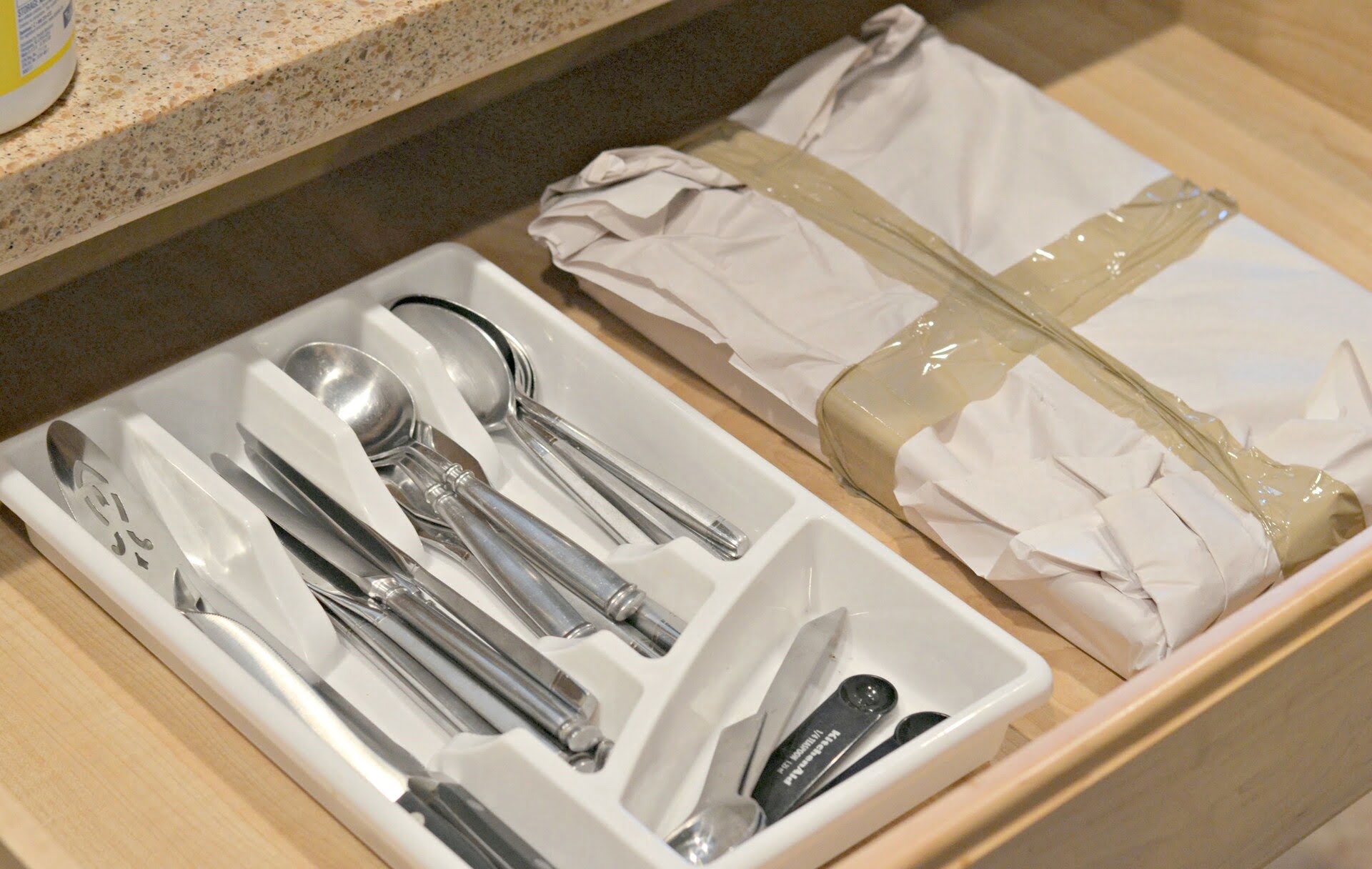
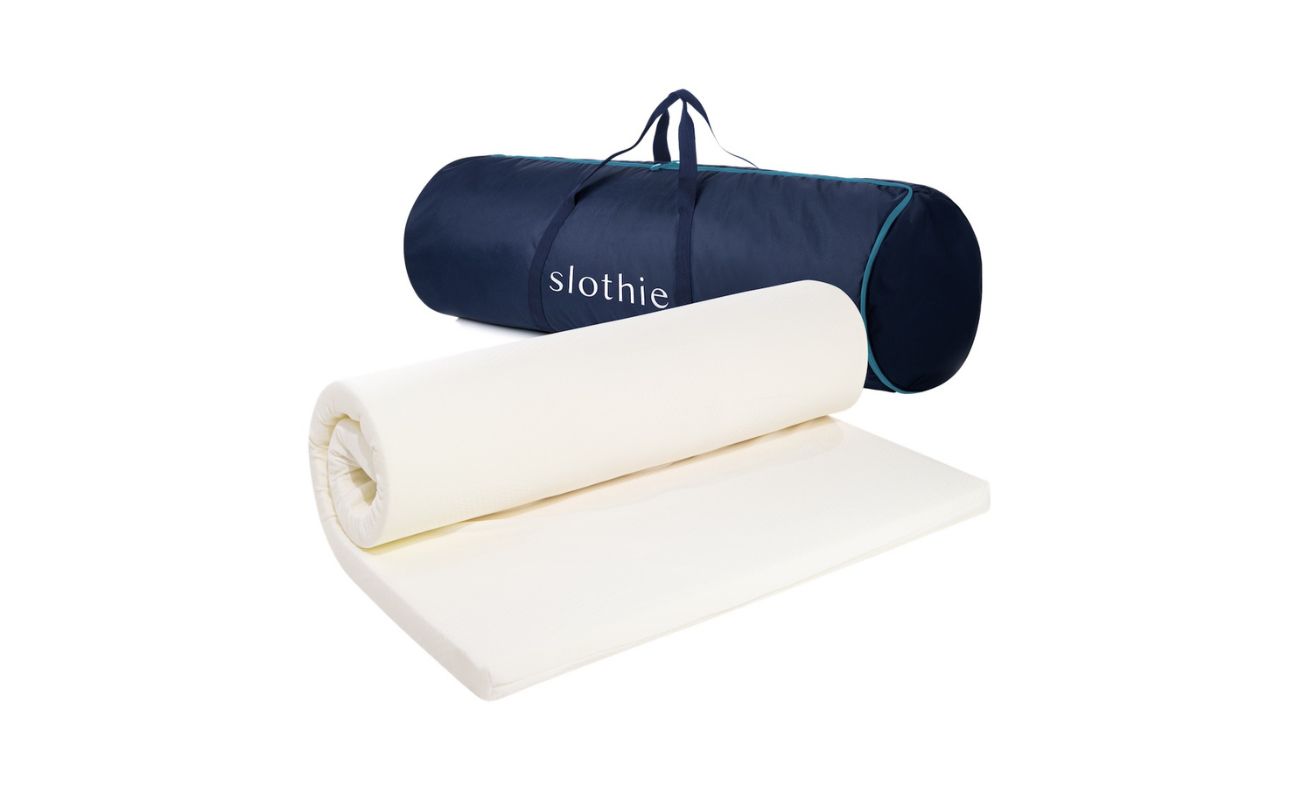




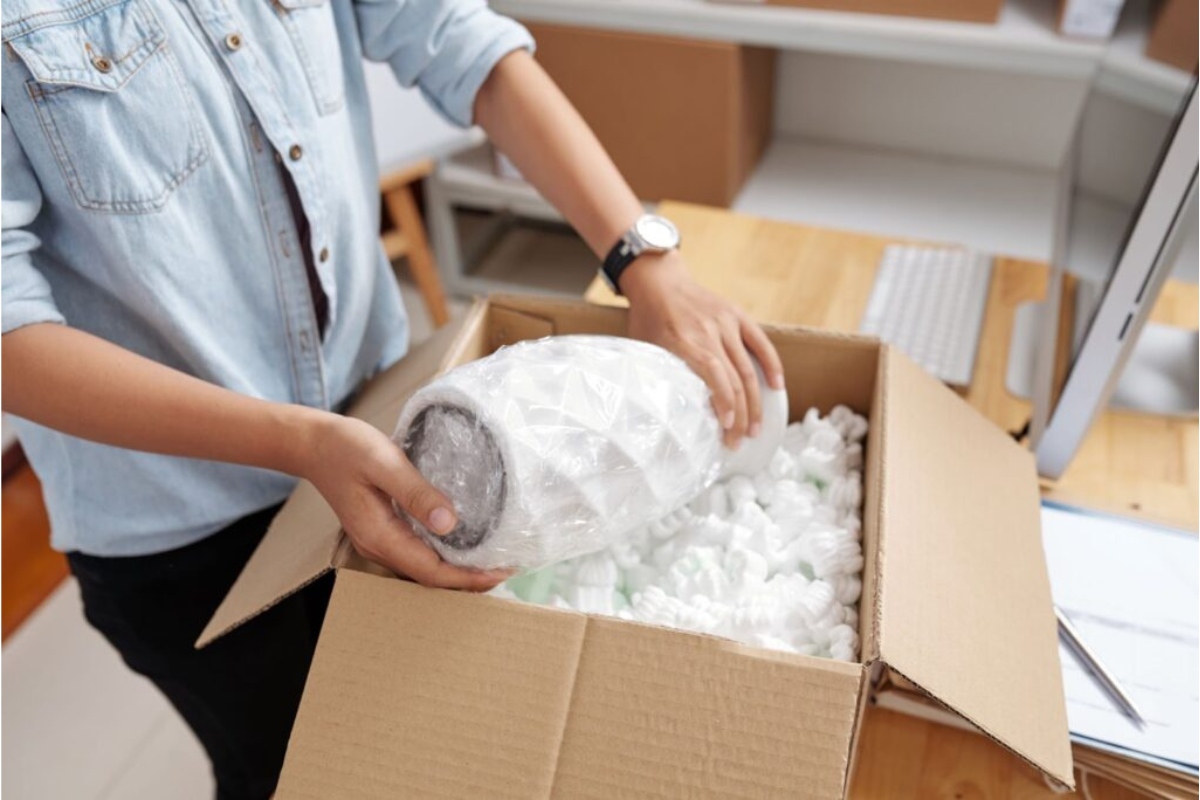


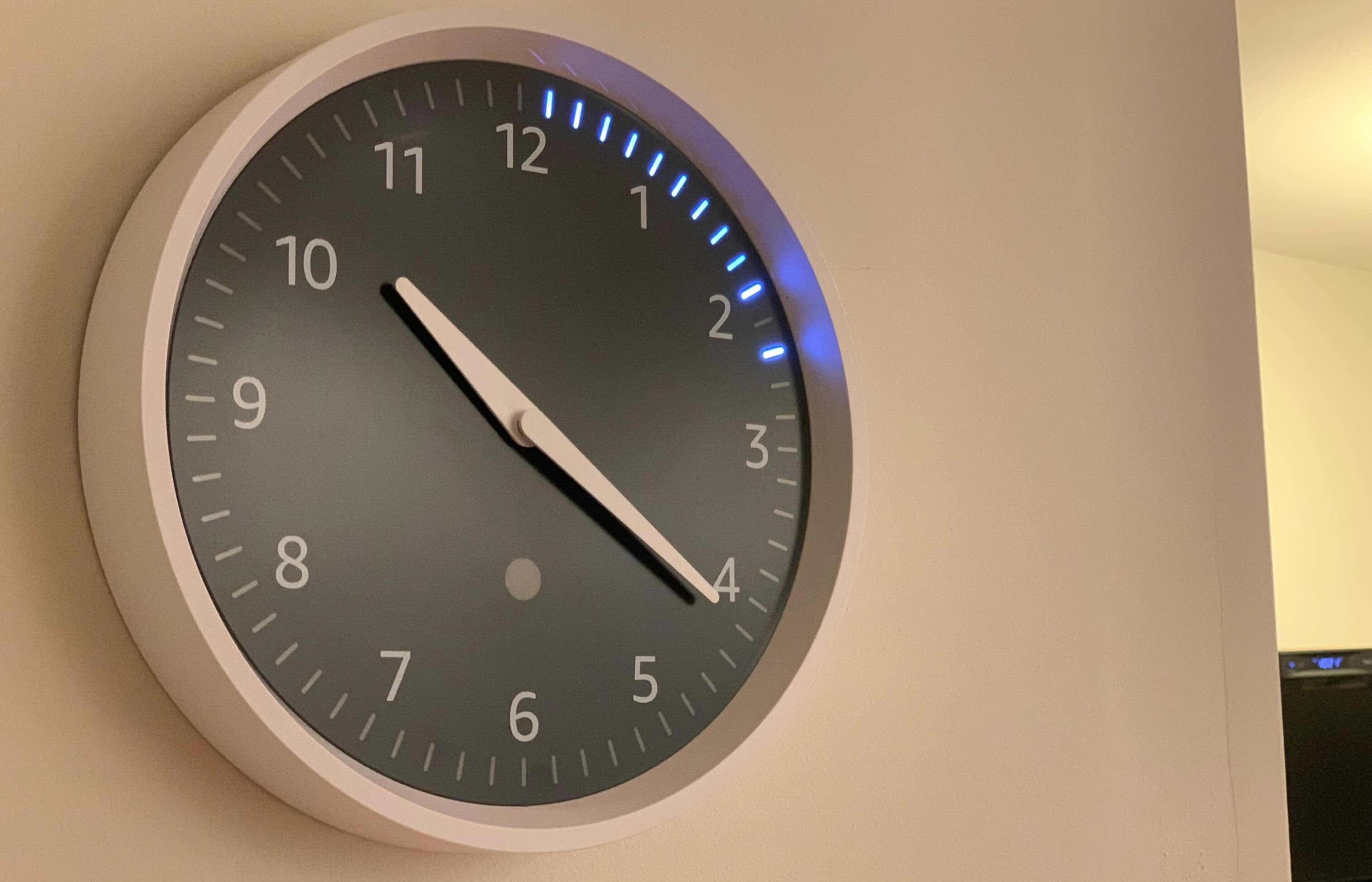
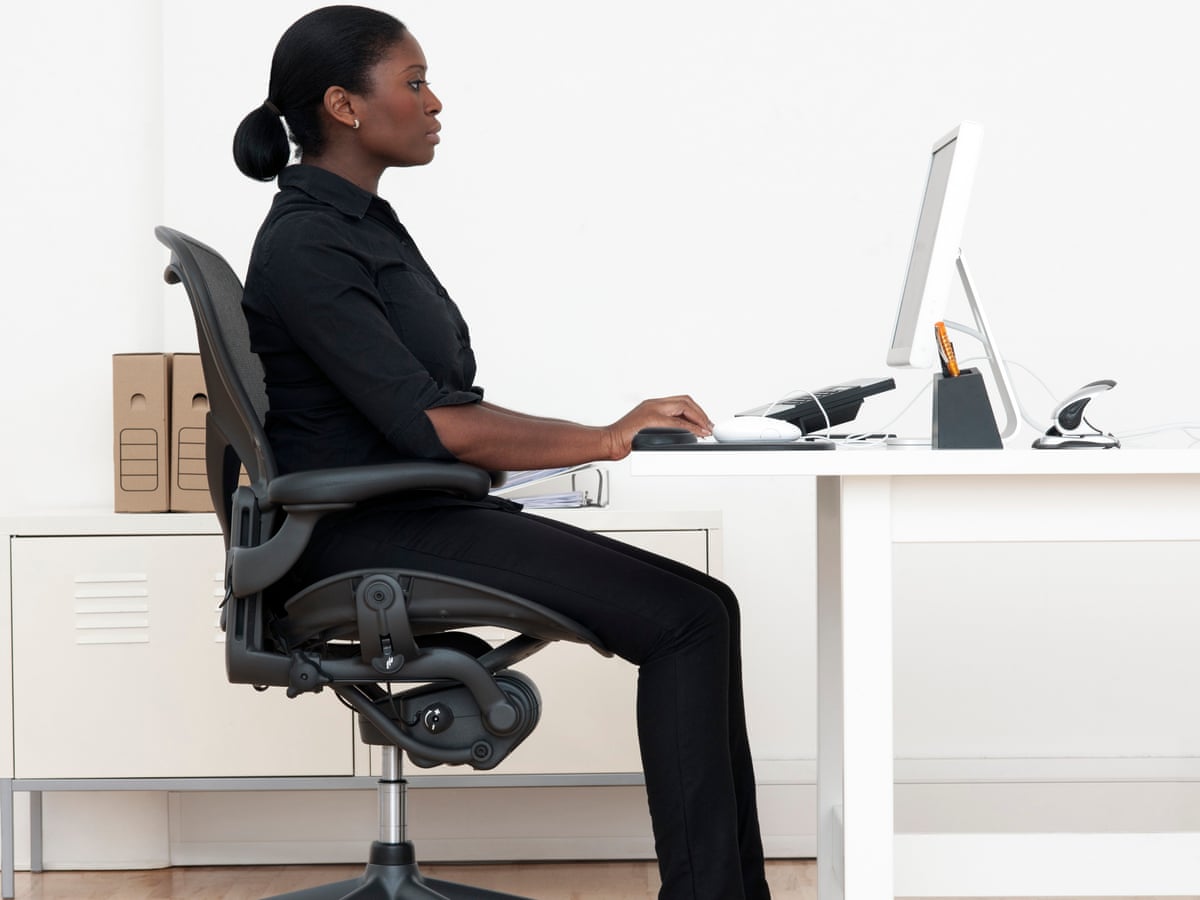
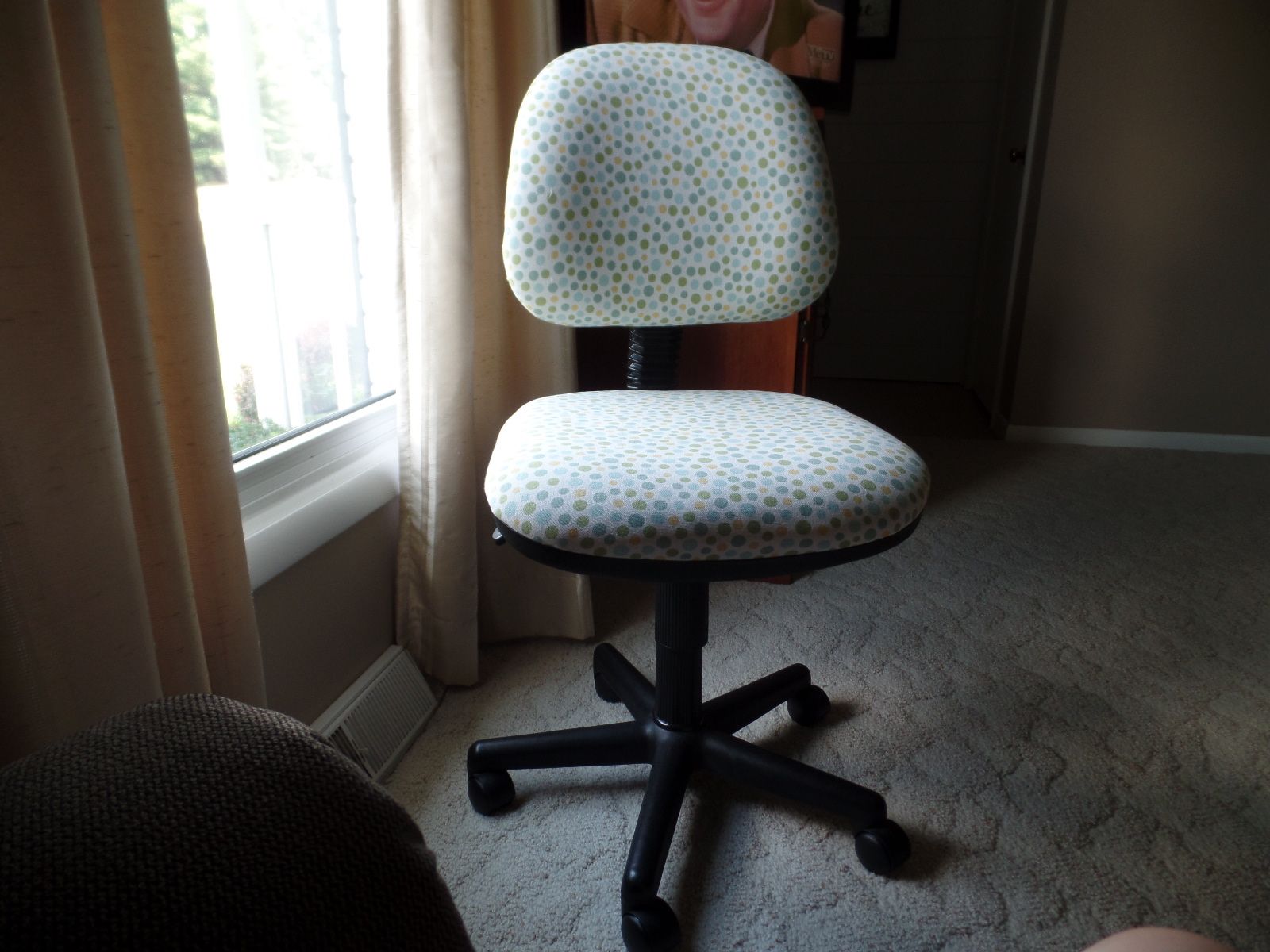
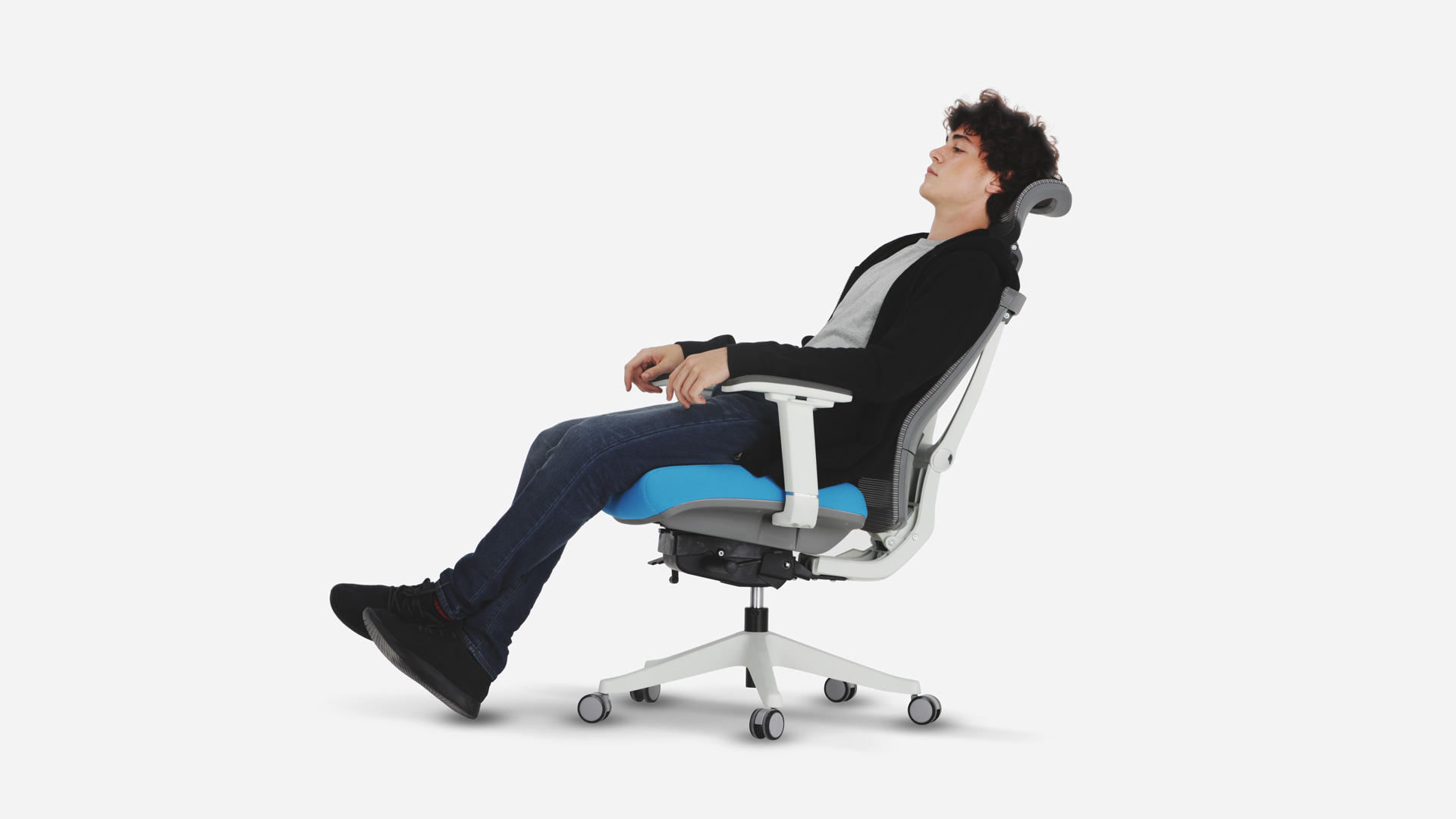
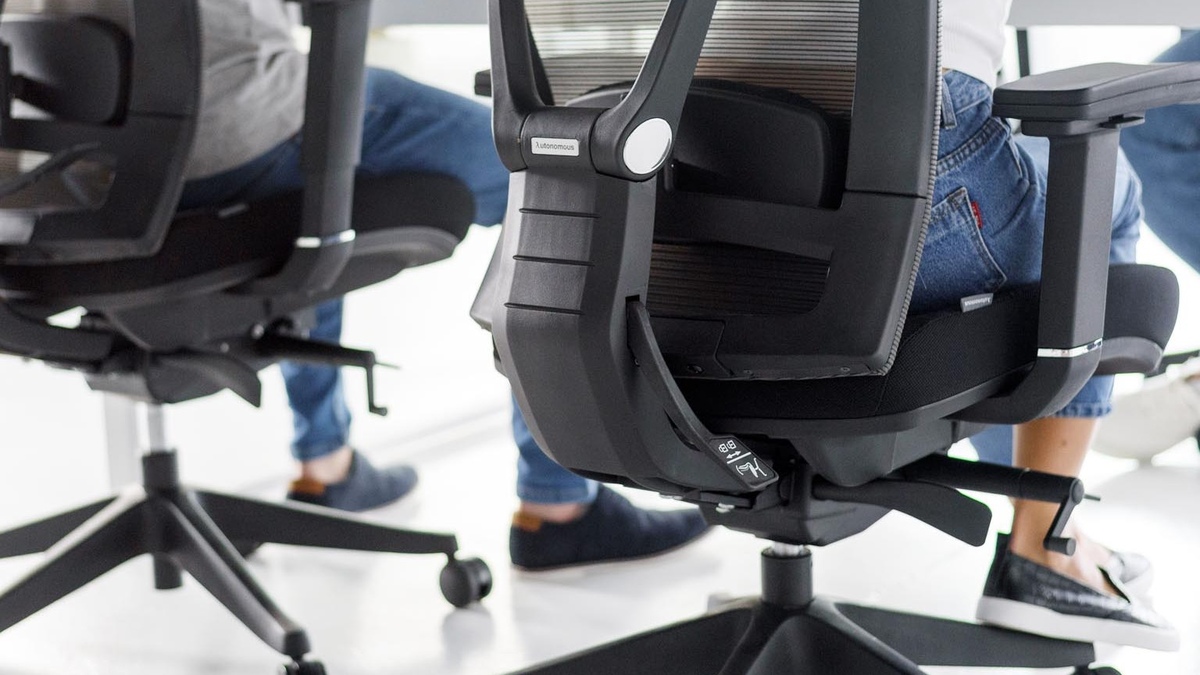

0 thoughts on “How To Pack Office Chair For Moving”